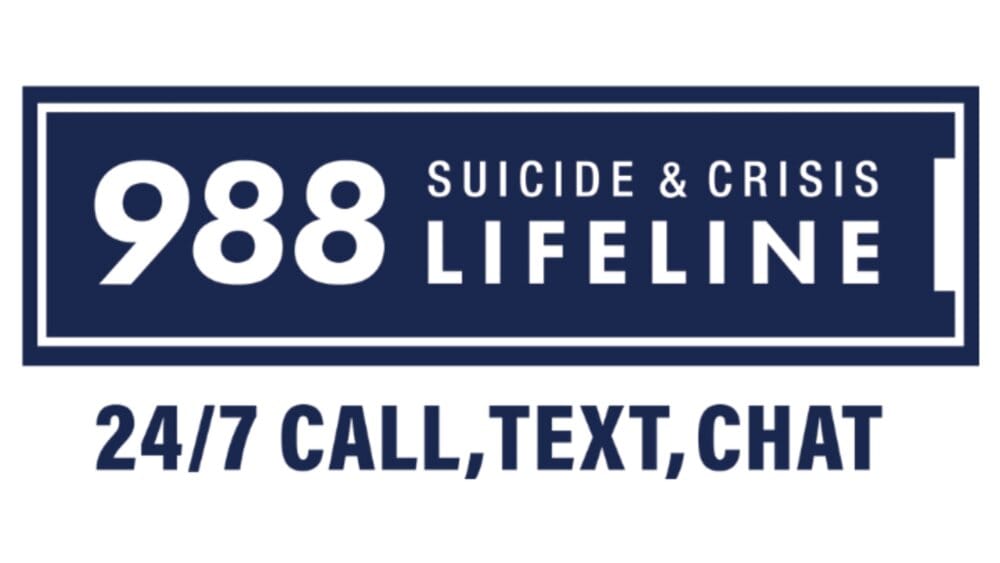Compared with the general U.S. population, American Indian or Alaska Native (AI/AN) persons, particularly those who are not Hispanic or Latino (Hispanic) AI/AN, are disproportionately affected by suicide; rates among this group consistently surpass those among all other racial and ethnic groups. Suicide rates among non-Hispanic AI/AN persons increased nearly 20% from 2015 (20.0 per 100,000) to 2020 (23.9), compared with a <1% increase among the overall U.S. population (13.3 and 13.5, respectively). Understanding characteristics of suicide among AI/AN persons is critical to developing and implementing effective prevention strategies. A 2018 report described suicides in 18 states among non-Hispanic AI/AN persons only. The current study used 2015–2020 National Violent Death Reporting System (NVDRS) data among 49 states, Puerto Rico, and the District of Columbia to examine differences in suicide characteristics and contributing circumstances among Hispanic and non-Hispanic AI/AN populations, including multiracial AI/AN. Results indicated higher odds across a range of circumstances, including 10 of 14 relationship problems and 6 of 7 substance use problems, compared with non-AI/AN persons. Conversely, AI/AN decedents had reduced odds of having any current known mental health condition, any history of mental health or substance use treatment, and other common risk factors. Suicide is absolutely preventable. Communities can implement a comprehensive public health approach to suicide prevention that addresses long-standing inequities affecting AI/AN populations.
Suicide prevention efforts among AI/AN populations must consider the context and consequences of current inequities as well as generational trauma, that continue to affect AI/AN persons, families, and communities today. Suicide is a complex problem with multiple contributing circumstances that affect communities differently. A comprehensive public health approach to suicide prevention, with attention to strategies that aim to reduce health inequities among AI/AN persons, is needed. These strategies might include strengthening access to and delivery of culturally relevant care, including telehealth for mental health concerns and well-being, increasing training and hiring of AI/AN providers, promoting community engagement and cultural traditions, increasing coping and problem-solving skills, increasing training to recognize and respond to suicide risk, making postvention programs (activities that reduce risk and promote healing after a suicide death) more available to AI/AN survivors of suicide loss, and promoting the 988 Suicide and Crisis Lifeline (persons who are thinking about suicide or who know someone who is thinking about suicide, should call 988).


